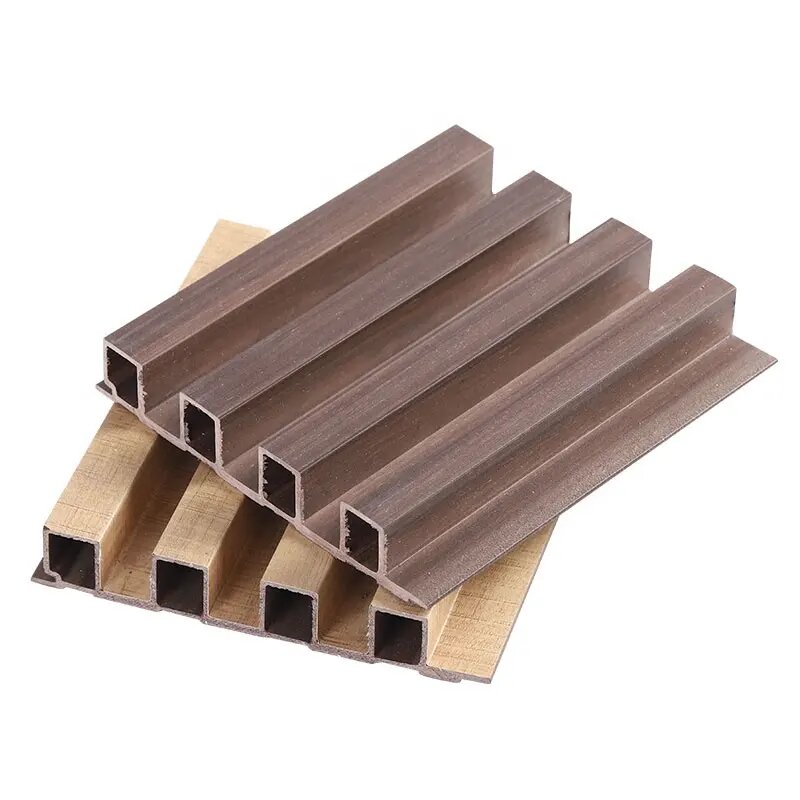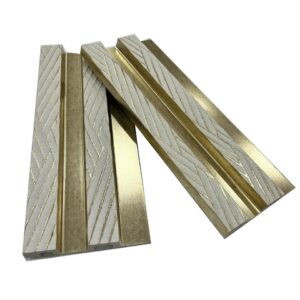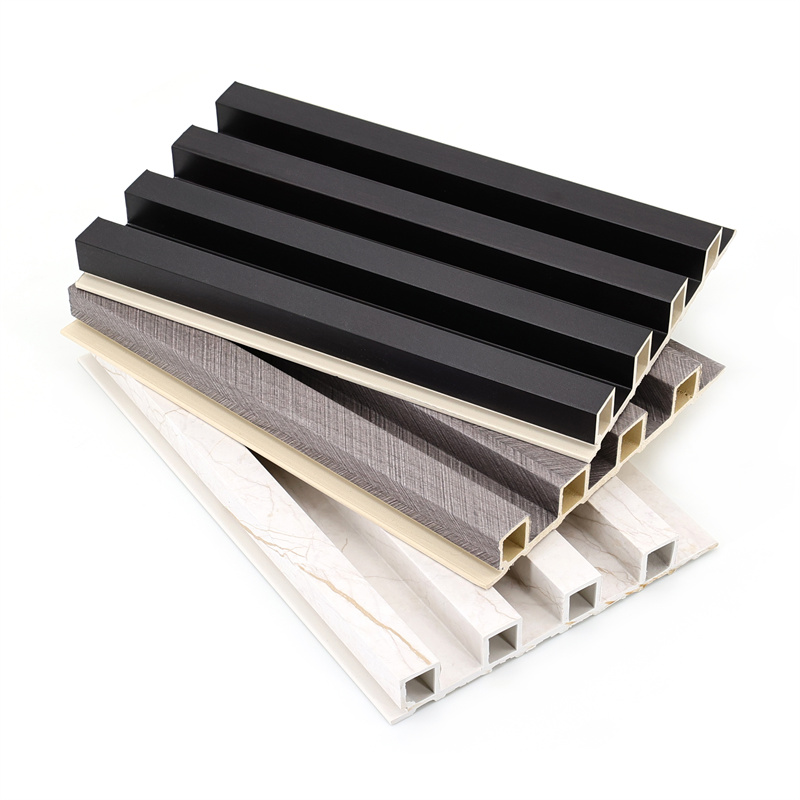
When it comes to interior wall paneling, two popular options that offer a blend of aesthetics and functionality are Wood Plastic Composite (WPC) wall panels and Polystyrene (PS) wall panels.
Both materials have unique characteristics and advantages, catering to diverse design needs.
In this article, we delve into the features, benefits, and considerations of WPC wall panels and PS wall panels, allowing you to make an informed decision for your interior design projects.
I. Understanding WPC Wall Panels
- Composition and Manufacturing Process:
- WPC wall panels are composed of wood fibers or flour and thermoplastic polymers, typically derived from recycled materials.
- The manufacturing process involves blending these elements to create a durable and visually appealing material that mimics the natural beauty of wood.
- Benefits of WPC Wall Panels:
- Durability and longevity: WPC panels are resistant to rot, decay, and insect damage, ensuring a long lifespan.
- Low maintenance: They require minimal upkeep, eliminating the need for staining, sealing, or painting.
- Moisture resistance: WPC panels are highly resistant to moisture, making them suitable for areas prone to humidity or water exposure.
- Eco-friendly: By utilizing recycled materials and reducing the demand for natural wood, WPC panels contribute to sustainable practices.
- Versatile designs: WPC panels come in various textures, colors, and finishes, offering design flexibility for a range of interior styles.
II. Exploring PS Wall Panels
- Composition and Manufacturing Process:
- PS wall panels are made from expanded polystyrene foam, a lightweight and insulating material.
- The manufacturing process involves molding and shaping the foam into panels with different surface finishes.
- Benefits of PS Wall Panels:
- Lightweight and easy installation: PS panels are lightweight, making them easy to handle and install.
- Thermal insulation: They offer excellent thermal insulation properties, enhancing energy efficiency in buildings.
- Versatile design options: PS panels come in a variety of designs and finishes, allowing for creative and unique interior applications.
- Soundproofing capabilities: The inherent properties of PS foam provide sound dampening, making them ideal for noise reduction.

III. Considerations for WPC Wall Panels
- Installation and maintenance: Proper installation and regular maintenance are essential for maximizing the performance and longevity of WPC panels.
- Budget considerations: WPC panels may have a higher upfront cost compared to other materials, but their long-term durability and low maintenance can provide cost savings over time.
- Environmental impact: While WPC panels utilize recycled materials, it’s essential to consider the overall carbon footprint associated with their production and disposal.
IV. Considerations for PS Wall Panels
- Structural considerations: PS panels have limited load-bearing capacity and are generally used for decorative purposes rather than structural support.
- Fire safety: PS panels may require additional fire-resistant coatings or treatments to meet specific building codes.
- Durability and impact resistance: While PS panels are relatively durable, they may be prone to damage from impact or sharp objects.

V. Making an Informed Decision
- Design aesthetics: Consider the desired visual appeal and style of your interior space when choosing between WPC and PS panels.
- Functional requirements: Evaluate the specific needs of the project, such as moisture resistance, thermal insulation, or soundproofing capabilities.
- Budget and sustainability: Assess the upfront costs, long-term maintenance, and environmental impact associated with each material.
Both WPC wall panels and PS wall panels offer unique advantages for interior design projects.
WPC panels excel in their durability, low maintenance, and versatility, while PS panels shine in their lightweight nature and thermal insulation properties.
When choosing between the two, it’s important to consider factors such as installation and maintenance requirements, budget considerations, and specific project needs.
Ultimately, the decision should align with the desired aesthetics, functionality, and sustainability goals of the interior space.